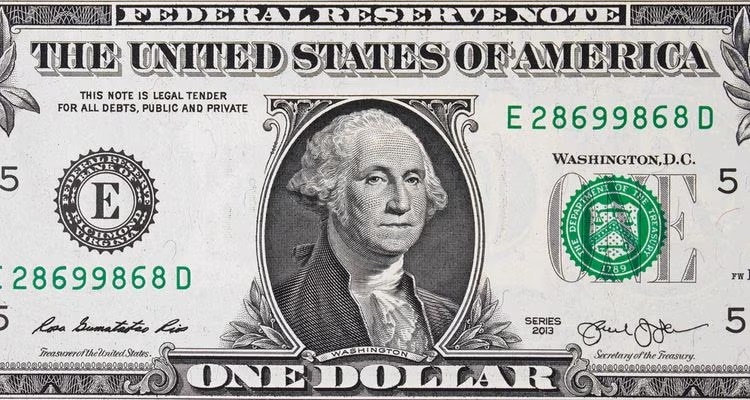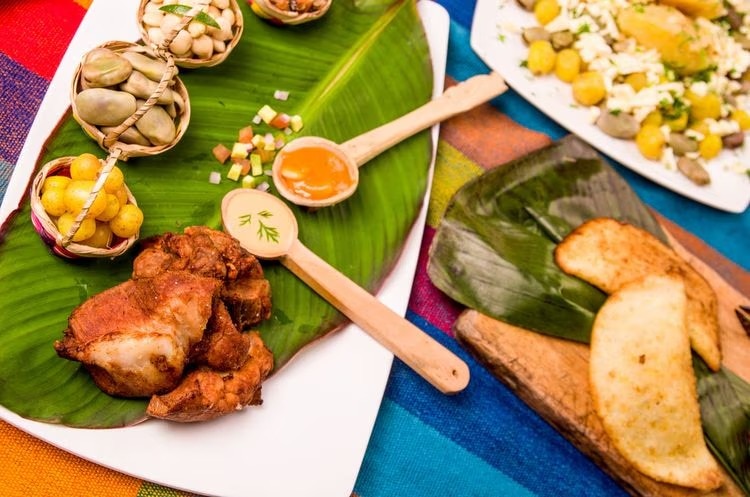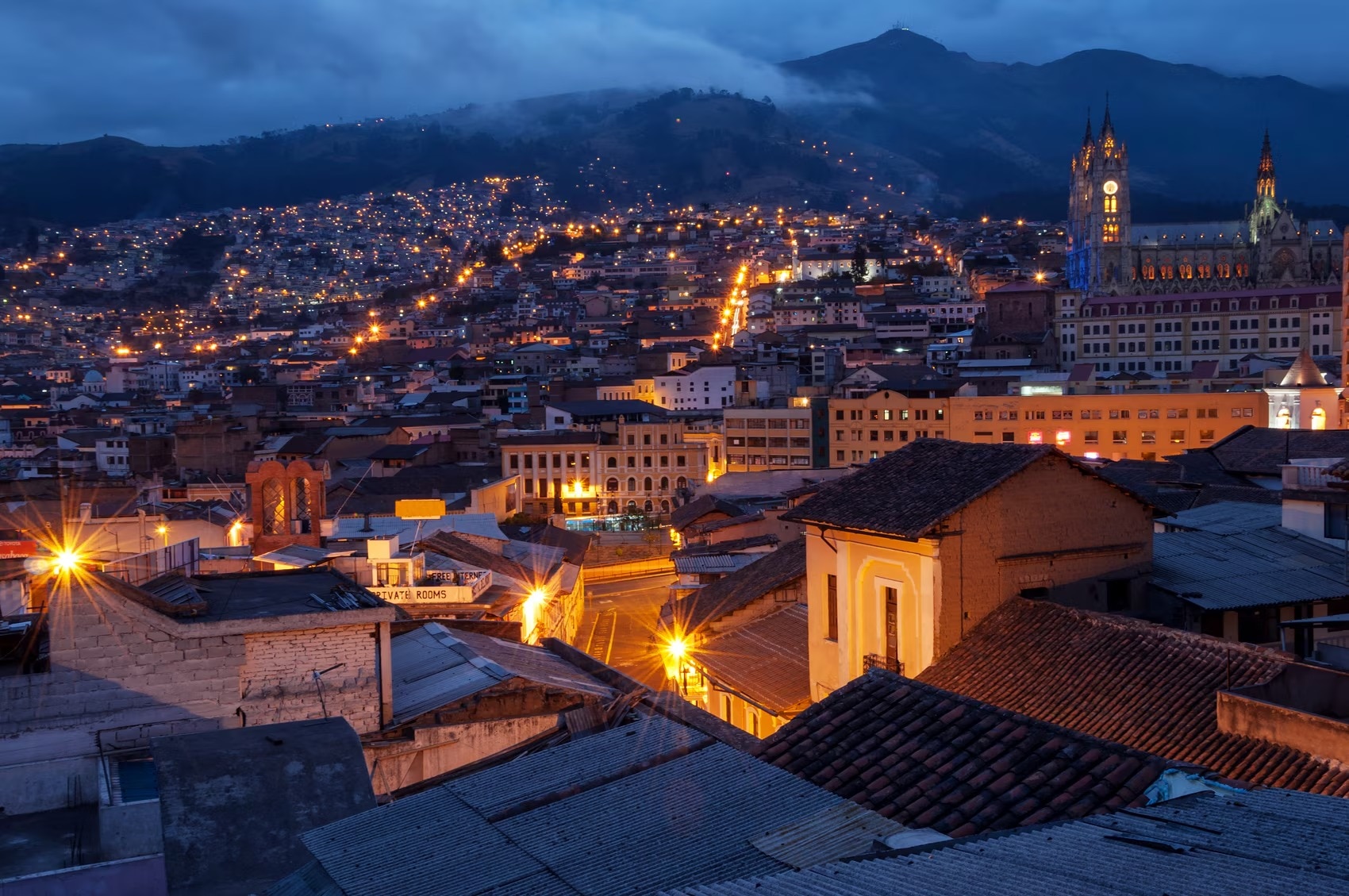-
2026/03/17
Los Angeles(LAX) -
2026/03/24
Guayaquil
(Updated: August, 16, 2025 00:12)
Ecuador Travel Tips and Information
Official Name
Republic of Ecuador
Capital
Quito
Population
Country Code
Approximately 18.1 million
EC
Country Code (international calls)
+593
The flight time to Ecuador is approximately 5~8 hours. Check the climate, currency, religion, manners, other information of Ecuador below. Wishing you pleasant travels to Ecuador.
Ecuador is a country located in the western part of South America. It is bordered by the Pacific Ocean to the west, Colombia to the northeast, and Peru to the southeast, and lies directly on the equator.
Compare Airfares for Flights to Ecuador
Compare Airfares for Flights to Ecuador
Compare Airfares for Flights to Ecuador
Compare Airfares for Flights to Ecuador
Compare Airfares for Flights to Ecuador
Compare Airfares for Flights to Ecuador
Local Climate / Weather
Ecuador has a diverse climate that varies by region, influenced by its unique geography spanning the equator and including the Amazon rainforest, the Andes mountains, the Pacific coast, and the Galapagos Islands. Generally, Ecuador experiences a tropical climate, with warm, humid weather on the coast and in the Amazon basin, while the highland areas are cooler. In the coastal and Amazon regions, the wet season typically falls from December to May, bringing heavy rainfall and lush, green landscapes. The highlands, including cities like Quito, see relatively mild, spring-like temperatures year-round, though the rainy season lasts from October to May. For travelers seeking ideal weather, the best time to visit Ecuador largely depends on the destination. Coastal areas are most enjoyable from June to September, offering warm weather and less rain. In the highlands, June through September is also favorable, with clearer skies and less frequent rain. For those interested in exploring the Galapagos Islands, the December to May period offers warmer waters, excellent snorkeling conditions, and abundant wildlife activity. However, the Galapagos remain a great destination year-round, with each season offering unique wildlife encounters. Ecuador’s cultural calendar is filled with vibrant festivals and major events, many of which are tied to its rich traditions and indigenous heritage. One of the most notable events is Carnaval, celebrated in February or March, where cities across Ecuador come alive with colorful parades, music, and dancing. Another key festival is Inti Raymi, held in June, celebrating the indigenous summer solstice with traditional music, dance, and rituals honoring the sun. Día de los Difuntos in early November is a time for families to honor the deceased, often visiting cemeteries with traditional foods. For travelers, these events provide a unique opportunity to experience Ecuadorian culture up close, with each season bringing its own special celebrations and festivities.
Currency & Tipping
Currency
Ecuador uses the US dollar as its official currency, making it convenient for travelers carrying American cash. Bills and coins are readily accepted, although Ecuador has its own centavo coins that circulate alongside US coins. Most businesses accept major credit cards, but smaller establishments and markets often prefer cash, so it’s wise to carry some on hand.
Tipping
Tipping is generally appreciated but not always expected in Ecuador. In restaurants, a 10% service charge is often included in the bill, but it’s customary to leave an additional tip if service was excellent. For taxi drivers, rounding up the fare is common, while hotel staff and tour guides generally receive small tips for their service. Tipping in US dollars is preferred, and small denominations are useful for this purpose.
Useful Travel Information

Voltage & Electrical Outlets
The standard voltage is 110 volts, with outlets that fit types A and B plugs, similar to those used in the United States. Travelers may need a power adapter or converter if their devices operate on a different voltage or have different plug types. It’s best to check device compatibility before traveling to avoid issues with charging or power surges.

Internet Connectivity
Internet access in Ecuador is generally available, with Wi-Fi offered in hotels, cafes, and major tourist areas, especially in cities like Quito and Guayaquil. However, connectivity can be slower or less reliable in remote areas, such as the Amazon or Galapagos Islands. For those who need consistent internet access, consider purchasing a local SIM card or a portable Wi-Fi device, which can provide better coverage, particularly if you plan to explore outside of urban centers.
Water for Consumption (Drinking Water)
As for drinking water, it’s recommended to avoid tap water in Ecuador, as it may not be safe for visitors. Bottled water is widely available and is the safest option for drinking, brushing teeth, and even rinsing produce. Many travelers opt for bottled or filtered water, which can easily be purchased at supermarkets, convenience stores, and tourist areas throughout the country.
Culture, Religion & Social Etiquette
Culture
Ecuador’s culture and traditions reflect a vibrant blend of indigenous heritage, Spanish colonial influence, and modern Latin American life. Travelers will find a rich cultural scene with colorful festivals, traditional music, dance, and art, particularly in cities like Quito and Cuenca, where historic architecture meets indigenous markets. The country’s diverse culture is also evident in its cuisine, textiles, and handicrafts, which offer a unique insight into Ecuador’s regional identities and ancestral roots.
Religion
Religion in Ecuador is predominantly Roman Catholic, Many Ecuadorians attend weekly Mass, and Catholic celebrations, such as Christmas, Easter, and various patron saint festivals, are marked by colorful parades and communal gatherings. This shared faith fosters a sense of cultural connection and adds depth to Ecuador’s festive calendar.
Social Etiquette
When it comes to manners, Ecuadorians are generally warm and hospitable, and personal greetings are important in social interactions. A handshake or light cheek kiss is common among friends and acquaintances. Respect for elders is valued, and polite language is appreciated. Showing courtesy and friendliness will go a long way in Ecuador, where locals appreciate a respectful approach to their customs and traditions.
Food Culture
Ecuador’s food culture is a rich tapestry of flavors, influenced by its diverse regions, indigenous heritage, and coastal abundance. From hearty highland dishes to fresh coastal ceviches, Ecuadorian cuisine offers something for every traveler. Popular dishes include locro de papa, a creamy potato soup, and encebollado, a savory fish soup with yucca, often enjoyed on the coast. Street food is vibrant and widely available, with vendors selling empanadas, chifles (fried plantain chips), and humitas (corn cakes), providing travelers with an authentic taste of Ecuador’s culinary traditions. For a complete experience, Travelers should explore recommended local restaurants in cities like Quito and Guayaquil, where a range of dining options allows them to savor traditional flavors. Top spots include La Ronda in Quito’s historic district and Lo Nuestro in Guayaquil, offering local specialties and a welcoming atmosphere that brings Ecuadorian cuisine to life.
Major Tourist Attractions & UNESCO World Heritage Sites
Major Tourist Attractions
Ecuador offers a variety of major tourist destinations that promise unforgettable experiences for travelers. The capital city, Quito, is a must-visit for its stunning architecture, vibrant markets, and breathtaking views from El Panecillo. Adventure seekers can head to Baños, known as the “Gateway to the Amazon,” for thrilling activities like zip-lining, waterfall tours, and hot springs relaxation. Nature lovers will find the Galapagos Islands enchanting, home to unique wildlife, pristine beaches, and excellent opportunities for snorkeling and diving. The coastal town of Montañita is ideal for those looking to surf or simply enjoy Ecuador’s laid-back beach culture. Each destination provides a distinct experience, from highland adventures to coastal relaxation, making Ecuador a versatile and exciting travel choice.
UNESCO World Heritage Sites
For those interested in history and culture, Ecuador boasts a range of UNESCO World Heritage Sites that highlight its rich heritage. Quito’s Historic Center is one of the largest and best-preserved colonial centers in Latin America, filled with stunning churches, museums, and plazas that reflect Ecuador’s Spanish and indigenous roots. Cuenca, another UNESCO-listed city, captivates visitors with its charming architecture, cobblestone streets, and cultural landmarks. In the Galapagos Islands, travelers can explore a natural World Heritage Site renowned for its ecological diversity, where unique species and stunning landscapes offer an unparalleled experience. Each heritage site provides insights into Ecuador’s past and present, with activities that range from city tours to wildlife excursions, making them essential stops for a well-rounded Ecuadorian adventure.
Travel FAQs
What is the safety situation in Ecuador like? What should I be careful of?
Ecuador has experienced increased crime rates, including violent crime and theft, particularly in urban areas and regions like Guayaquil, Esmeraldas, and certain parts of Los Ríos province. Travelers should exercise caution by avoiding travel to high-risk areas, staying vigilant in crowded places, and securing personal belongings.
What is the most popular airport to fly into Ecuador?
Mariscal Sucre International Airport, located near Quito, the capital of Ecuador, is popular.
What is the best season in Ecuador?
The best season to visit is from June to September. Be aware that it can get a little chilly at night.
Is English spoken in Ecuador?
English is not widely spoken, it may be understood in some tourist areas, with Spanish being the primary language.




